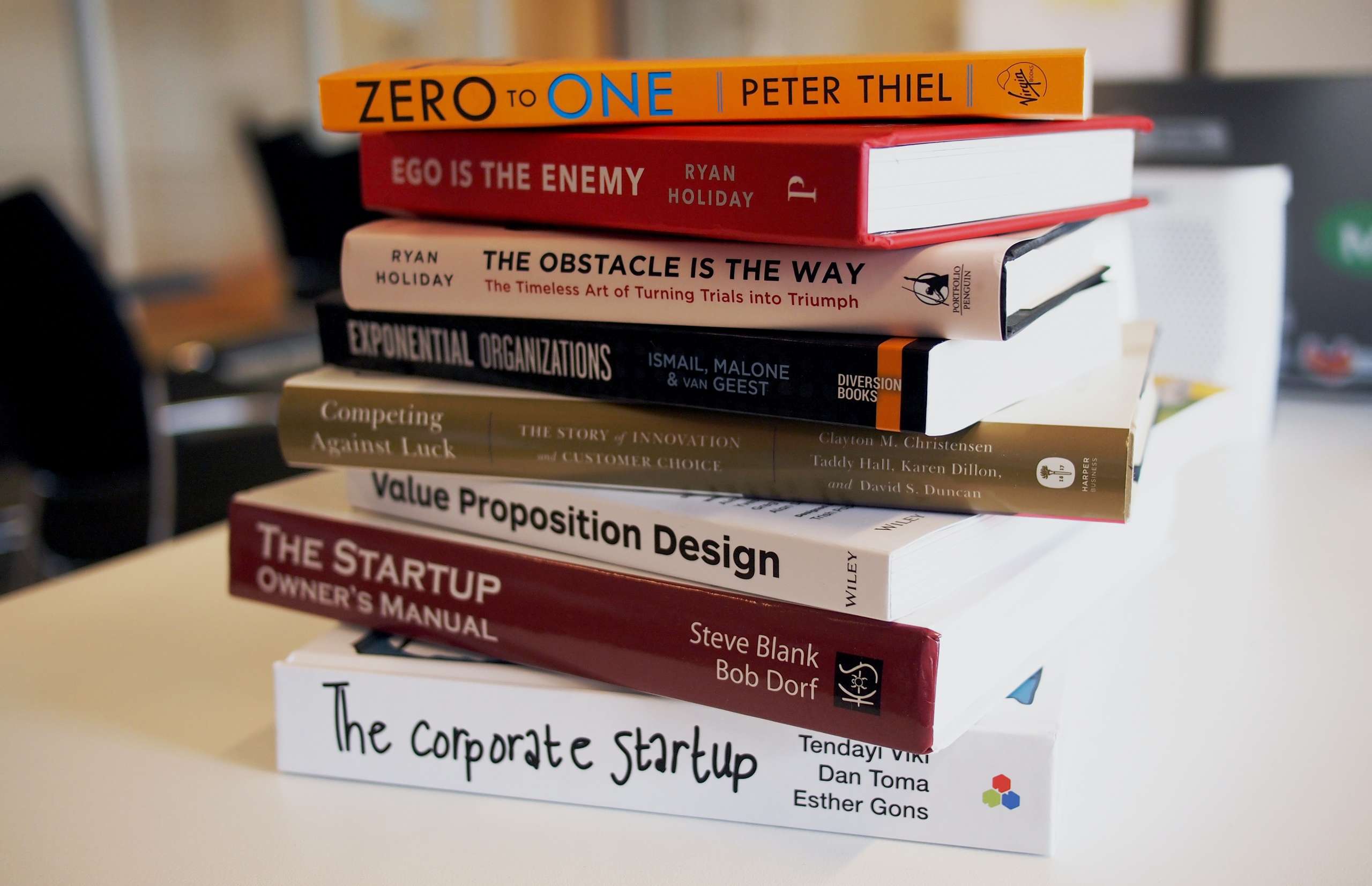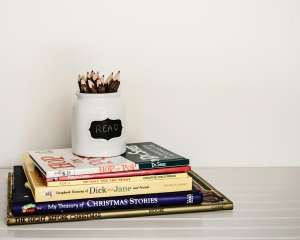Can you print book for yourself?
Yes—and print book is quite easy. Many book printing companies are user-friendly and offer high-quality printing with custom design options. Some can also help you distribute your work on sites such as Amazon. According to Wordsrated, the number of self-published books has increased 264% over the past five years, with $1.25 billion worth of self-published books sold yearly.
So why print book?
There are many books that have been published for free as a PDF for anyone to download and read. You can just print these off and read as is if you like. If you are like me though, and like to keep the books you read, or just want something better than a bunch of A4 pages stapled together, then making a book is for you.
The other reason for making a book is they can be quite expensive to purchase, especially if rare or out of print. This is not the case for most books but Murphys Law means the one you want will inevitably be the one that you can’t find or costs a small fortune.
Print book is also a lot of fun as you get to design it yourself!
Print book with Xin Yi Printing, you can prepare your book for professional printing, make sure that your books are of the highest quality, designed beautifully and user-friendly for reading.
Print book tips contains:
- Find your perfect POD match
- Use a print specialist
- Consider using a designer
- Choose a size that’s the right fit
- Typeset the inside pages before designing your cover
- Know your cover options
- Ask for paper samples
- Ask your printer for the (right!) spine width
- Consider quantity and cost-per-unit
- Request a proof
- A quick-start way to design professional books
Print Book Tip 1: Find your perfect POD (print on demand) match
Print on demand (POD) has revolutionised the book industry, with digital technology enabling printers to offer smaller batches of copies at a lower price point. This has been particularly beneficial for ambitious self-publishers, who are able to take advantage of better-value printing.
The quality of POD books is generally excellent, and improving all the time—most books you see in stores will have been printed using digital printing rather than traditional lithographic printing.
Print Book Tip 2: Use a print specialist
While online POD services are low-cost and easy to use, first-time authors can benefit from the reassurance and expertise of a one-on-one service. A print specialist can offer you a more personalised printing experience, able to offer advice, paper samples (see Tip 7, below) and discuss your needs in person.
There are plenty of friendly printers out there who would love to talk about your project and share their recommendations. They will also be able to advise you on suitable paper stock as well as provide proof copies (which are usually free of charge) for you to assess alongside them.
Print Book Tip 3: Consider using a designer
Admitting you need a little expert help in some areas isn’t defeatist—it can help you to focus on the things that you’re better at doing and feel more confident with (e.g. writing and editing your book!).
A graphic designer with experience in publishing design can help turn your ideas about cover design, typography and color palettes into reality, while also bringing a fresh eye and their own design experience to the table.
Print Book Tip 4: Choose a size that’s the right fit
Printed books come in a vast variety of sizes, but there are still widely used ‘standard’ sizes that are chosen by publishers for several reasons. Firstly, books that are roughly the same size are easier to store, transport and stack on bookshelves in-store. Book genres and categories often have their own preferred sizes, which are recognised as appropriate by the target audience.
For example, a small Pocket Book size (4.25 in by 6.87 in) is the right fit for airport fiction. It fits neatly in a back pocket and is cheap to print and buy. Hardcovers, which are more expensive to print, tend to be larger than paperbacks and are often displayed face-forward on store shelves. The large size is used so that readers can recognise the book as premium fiction, and hardcovers will often feature particularly eye-catching cover designs to maximise their display potential.
When it comes to choosing the right size for your own book, it pays to do your research. Track down examples of other books which are similar to your own in terms of category (fiction or nonfiction) and genre (thriller, sport biography etc), and bring out the ruler! It’s likely your chosen book will match one of a limited number of standard sizes. Discover the full list of standard sizes here.
If you’re using a POD or printer service they can also help you to find the perfect size, with many sites recommending commonly-used sizes.
Print Book Tip 5: Typeset the inside pages before designing your cover
Designing the per
fect cover for your book is one of the most exciting parts of the self-publishing journey, but while you may be brimming with creative ideas, it’s always best to start with the design of the inside pages first. Why? The number of pages inside your book will dictate the width of the spine, and you’re unlikely to know the final page count until the book has been typeset.
While this doesn’t stop you from thinking about ideas for your cover, it’s useful to know whether you will be designing with a wide or narrow spine in mind, which can impact on the feel of a cover design. You will also need to know the precise spine width (see Tip 8 below) before you finalise your cover artwork.
Another reason for typesetting the inside pages first? Typesetting pages can be surprisingly time-consuming (which is why a professional designer or typesetter is always useful to know). You’ll need the time to make decisions about fonts, the size of your type, margin widths, as well as chapters and sectioning.
Once your inside pages are ready, you should also rope in an editor (or diligent pal) to read over the typeset pages, looking out for any errors in the spelling, chapter and page numbering or any missed instances of italic or bolded text.
Print Book Tip 6: Know your cover options
Once you have your inside pages typeset and ready, you can start to think about pulling together a cover design for your book.
The format of your cover, i.e. whether it is softcover (paperback) or hardcover (hardback), will inform the overall look and feel of the design, so think carefully about the ideal cover look you’d like to achieve and assess whether a softcover or hardcover format will make a better fit.
Paperbacks are cheaper to print and can be as equally stylish as pricier hardbacks, but the cover design will need to be punchier and bolder to attract the eye. The design of a paperback’s spine can be surprisingly important, as these are often stacked spine outwards on store shelves, so consider how you can maximise color, type or graphics on this small area.
While hardcovers are more expensive to print, traditionally putting them beyond the budgets of many self-publishers, more POD services are now offering these cover types at a lower price point per unit. Keep in mind that the expense can escalate further if you opt for a separate dust jacket, which wraps around the whole cover and includes flaps that tuck into the inside of the front and back cover. However, some self-published authors will weigh up that the visual impact of a luxurious hardcover is well worth the extra cost.
The last thing to keep in mind with these different editions of your book (paperback, hardback, and audiobook) is the ISBN, which changes with each edition. You’ll need to make sure you have a unique ISBN per type.
Print Book Tip 7: Ask for paper samples
The two key things to know are that paper stock is available in different weights (
measured in GSM, grams per square metre) and can be coated or uncoated.
The weight of the paper will affect the feel of the pages in your book (anything too thin will feel cheap and flimsy). Uncoated paper has a more natural finish, while coatings come in a variety of finishes, such as matte, semi-gloss, gloss or pearl. Coated, heavier papers are usually used for printing covers and dust jackets, and while gloss coatings can make colors appear crisper and more vivid, matte coatings can give covers a more contemporary feel.
With so much choice of paper, it’s near impossible to make a decision without seeing and touching samples. Print provider will be happy to provide paper samples on request…so don’t hesitate to ask.
Print Book Tip 8: Ask your printer for the (right!) spine width
There are plenty of spine calculators available online which take the page count and approximate paper weight of your inside pages into account to generate a spine width. While these are useful for giving you a rough idea of the width of your book’s spine, they shouldn’t be used for your final calculation.
Once you have your inside pages typeset, and have decided on the paper stock you’ll be using for the print run, ask your printer to provide you with the correct spine width. The printer always knows best.
Print Book Tip 9: Consider quantity and cost-per-unit
We’ve already touched on the fact that POD (print on demand) services are increasingly offering great value and quality for self-publishers, but even online POD sites will usually offer a cheaper cost-per-unit for larger print runs.
So if you think you could consider printing a few more copies to make a bigger saving overall, it’s well worth asking your printer about their quantity tiers.
Print Book Tip 10: Request a proof
Hold up. There’s nothing more disheartening than receiving a box of books at your front door, only to find that there’s a now blaringly obvious spelling mistake on the blurb or that the color on the cover doesn’t look right.
Always, always, always request a proof of your book. This pre-press copy is usually provided free of charge, and from this you can assess the technical quality of the printing, as well as hunt down any stray typos you may have overlooked.
If something’s not right on the first proof, don’t be afraid to ask for a second one. This is your book, the result of months, if not years, of hard work. Once you’re completely happy with the proof copy, sign it and give the printer the go-ahead.
There’s no need to feel nervous about turning your manuscript into a physical book.
With above tips, you can get your book print professional, and have store-ready copies of your book in no time.
Interested in turning your book print idea into a reality? Request a free quote today and see how Xin Yi Printing can help make it happen.
To receive complimentary samples of our book products, include your delivery address and phone number on your custom quote request form.
Let’s start book print!
Source:selfpublishing shopify





